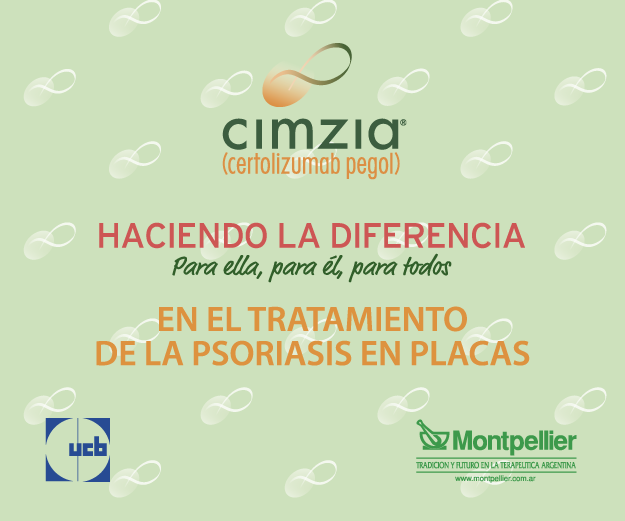Cutaneous metastasis of internal carcinomas, our experience in 94 cases
Resumen
Abstract
Cutaneous metastasis is a neoplasia involving the dermis and/or hypodermal tissue with no contiguity with the primary tumor.
Materials and methods: A retrospective and descriptive study was conducted on all patients with diagnosis of cutaneous metastasis consulting the POBA Dermatology Department between 1993 and 2008. Features taken into account were: primary tumor, gender, age, location, clinical aspect, number of lesions, lapse between primary tumor detection and appearance of metastasis, and survival time after diagnosis of metastasis. The diagnosis was confi rmed histopathologically in all patients.
Objectives: To calculate incidence; to identify clinical variants; to determine the cases where metastases preceded the primary tumor, and were the sign that led to diagnosis; and to compare the results with international and national statistics.
Results: A total of 94 patients with diagnosis of cutaneous metastasis were studied: in 65 patients, the primary tumor was in breast, 9 in lung, 3 in kidney, 3 in stomach, 2 in colon, 2 in ovary, 2 in bladder, and 1 case in rectum, parotid gland, liver, esophagus, and osteosarcoma, respectively. In the remaining 3 patients, metastasis preceded diagnosis of the primitive tumor. Most of the cutaneous metastases involved women (76 percent), with breast cancer as fi rst cause. In men, amounting to 24 percent of the patients, most frequent was lung metastasis, followed by kidney and stomach. Most aff ected
age group ranged from 50 to 70 years. Most frequent location was chest and abdomen. Rare locations were palm of hand, fi ngers and toes. Survival was less than 2 years after detection of metastasis.
Conclusions: Our fi ndings are similar to the published data. In our case material we emphasize: rare locations: palm of hand, fi ngers, and toes; glans metastasis of osteosarcoma not found in the literature; clinical variants not described (granuloma annulare-like, pagetoid, and eczematous
(Dermatol Argent 2009; 15(2):117-124).
Key words: cutaneous metastasis, primary cancer, clinical variants.
Descargas
Publicado
Número
Sección
Licencia
El/los autor/es tranfieren todos los derechos de autor del manuscrito arriba mencionado a Dermatología Argentina en el caso de que el trabajo sea publicado. El/los autor/es declaran que el artículo es original, que no infringe ningún derecho de propiedad intelectual u otros derechos de terceros, que no se encuentra bajo consideración de otra revista y que no ha sido previamente publicado.
Le solicitamos haga click aquí para imprimir, firmar y enviar por correo postal la transferencia de los derechos de autor

















